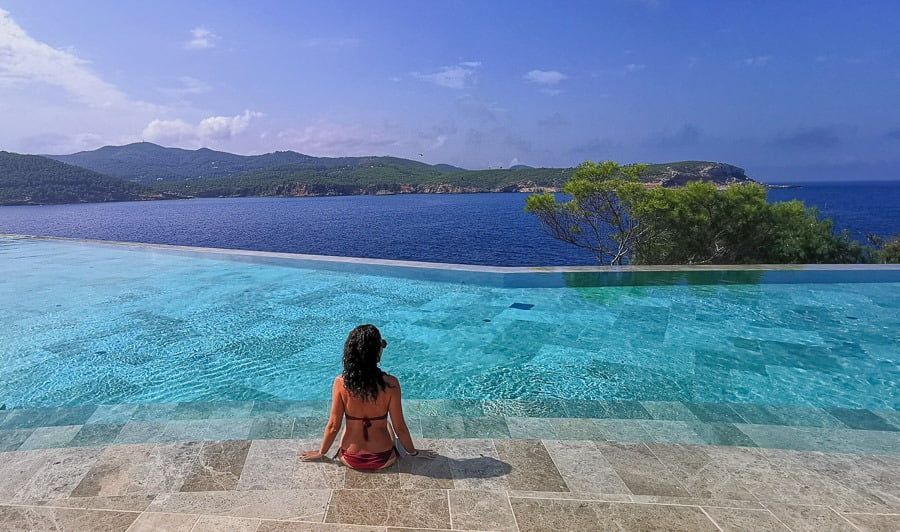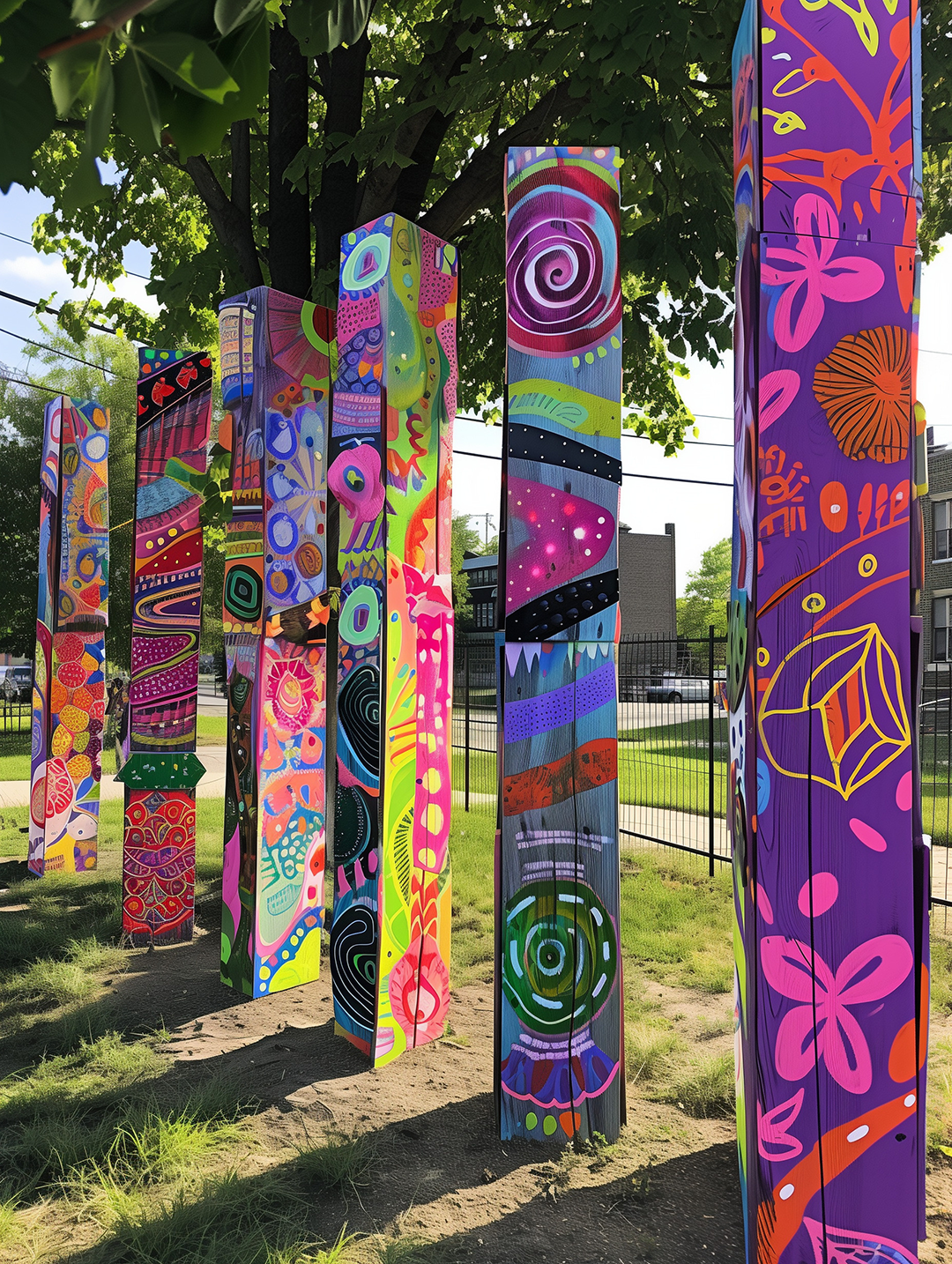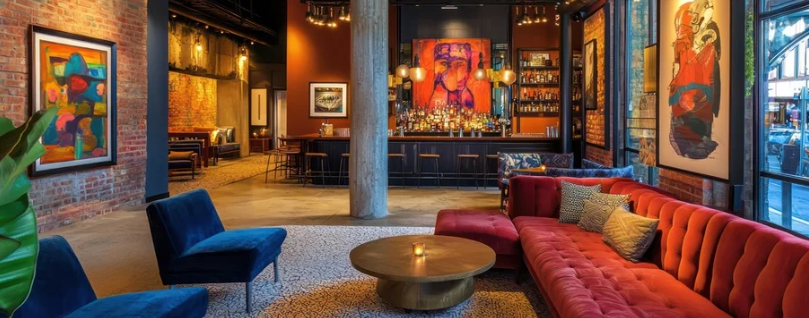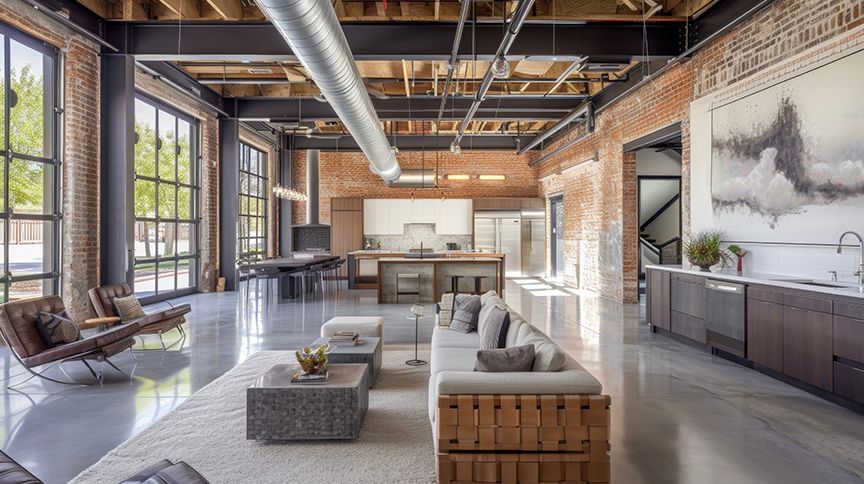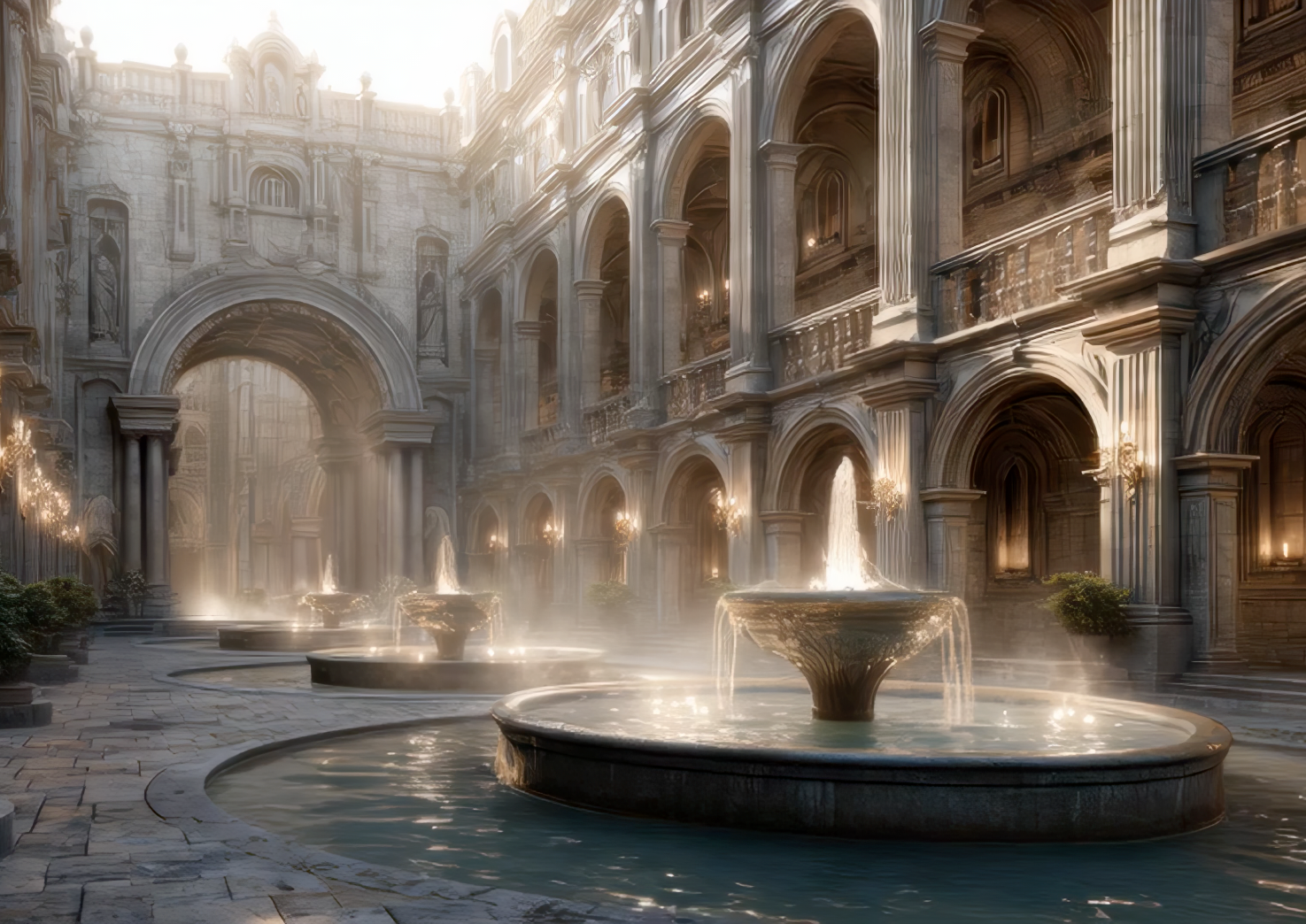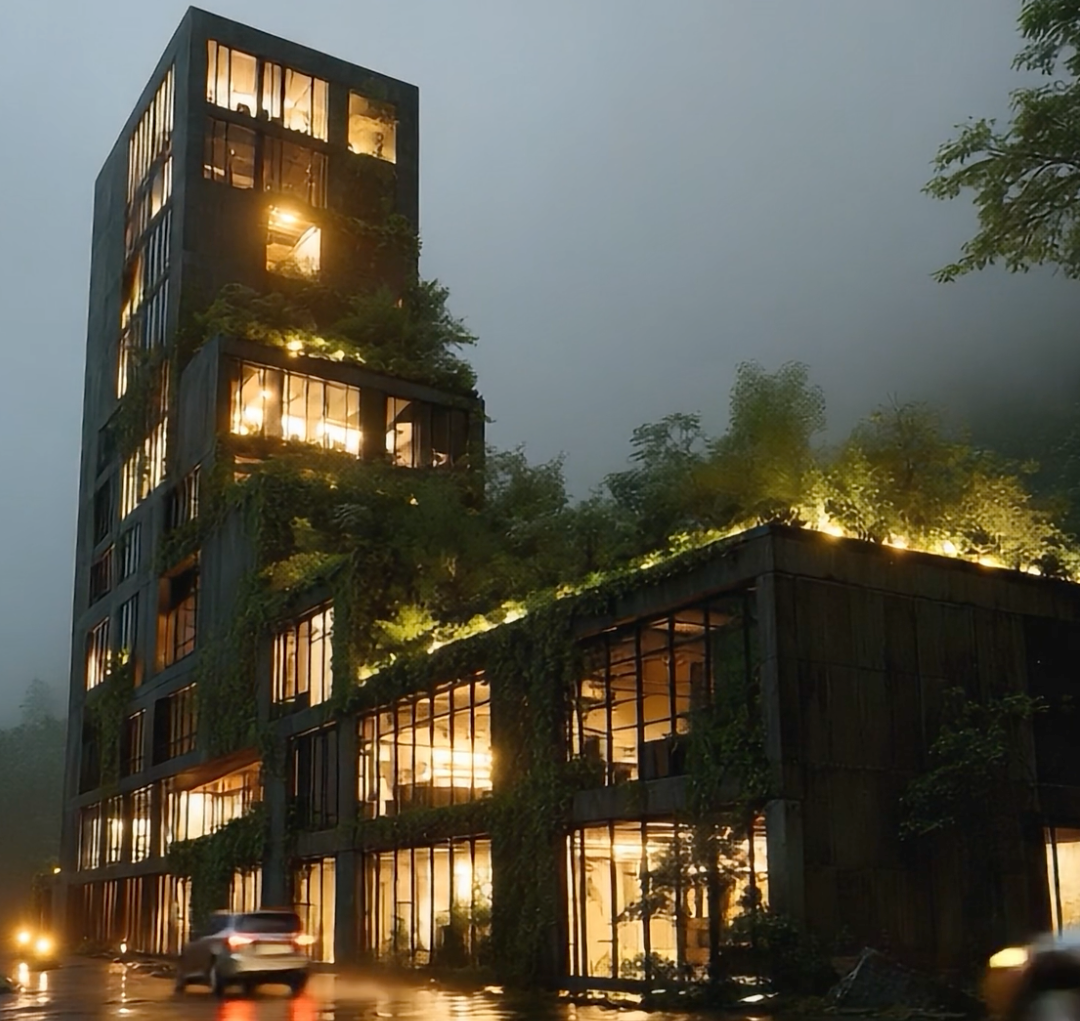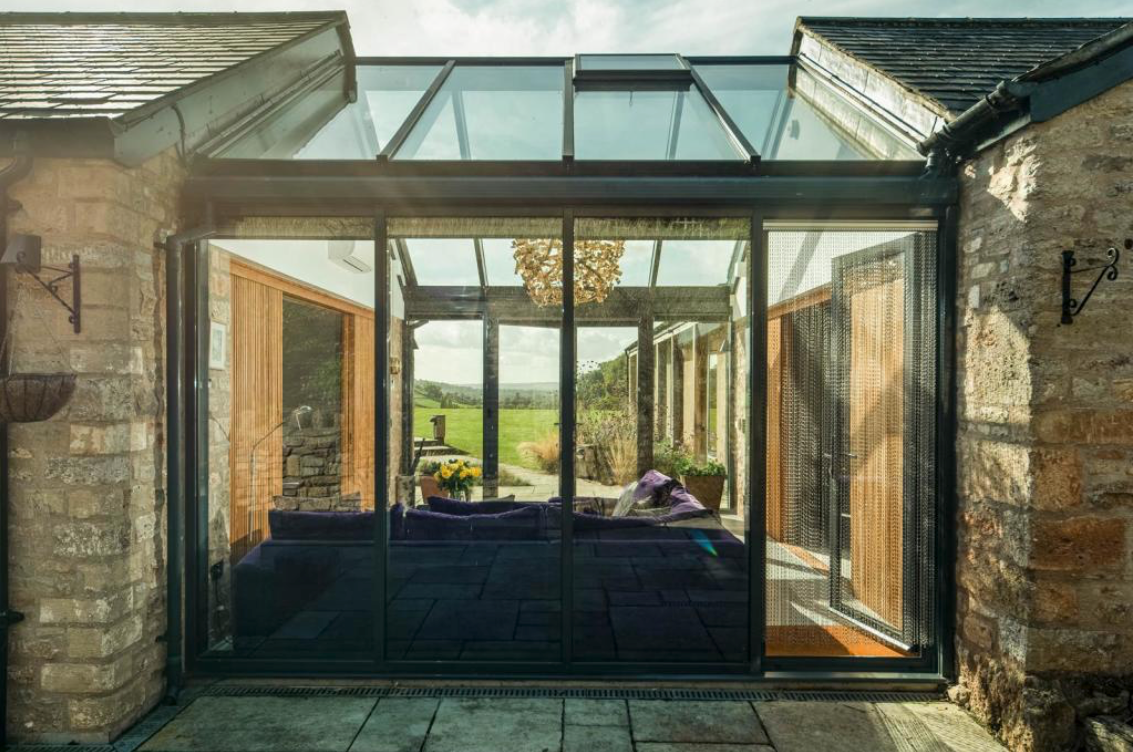What’s Hot in Sustainability 2025 No 7:
Focus on Climate-Resilient Communities
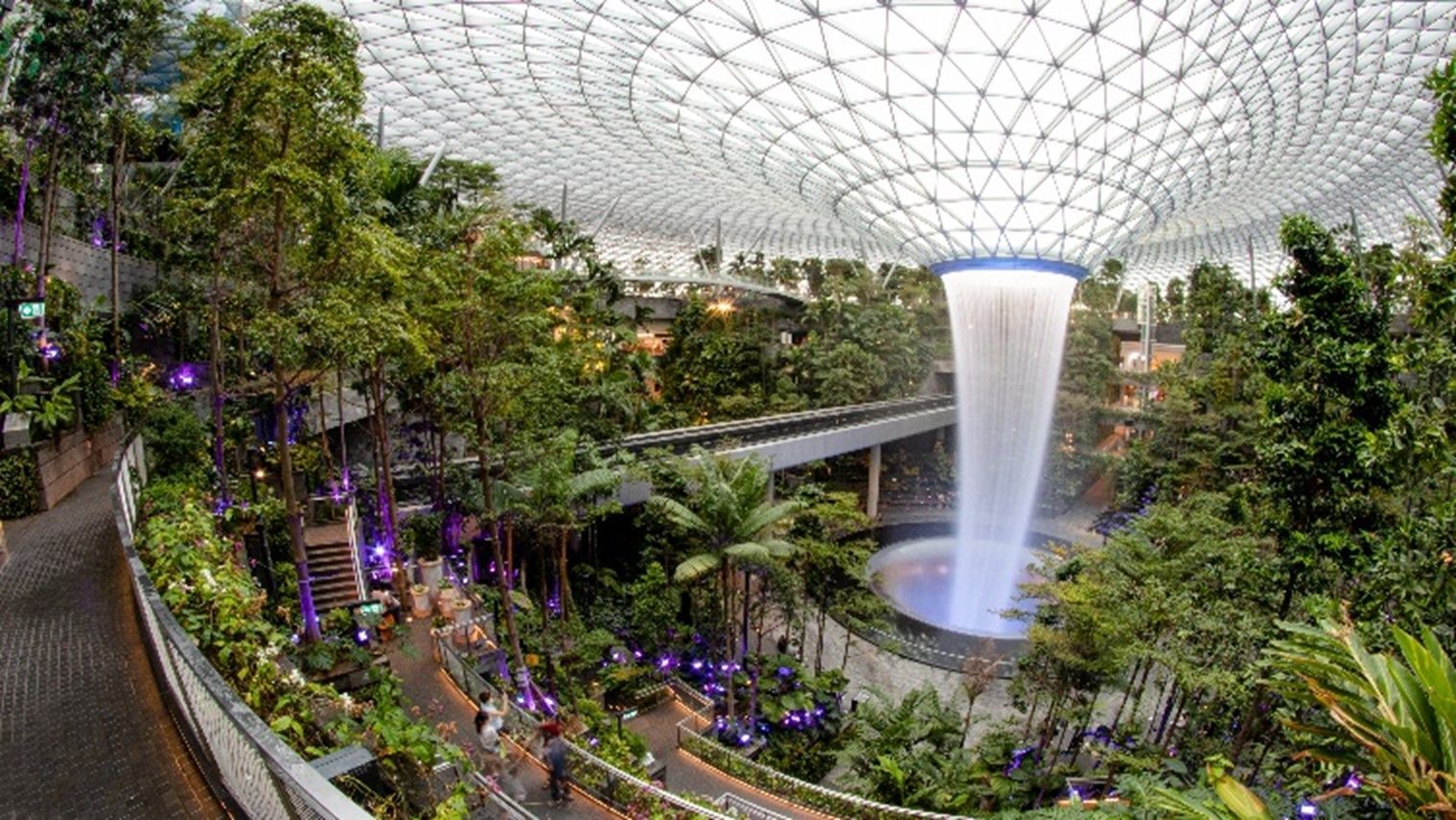
As the effects of climate change intensify across the globe—rising sea levels, extreme weather events, prolonged droughts, and shifting ecosystems—the way we plan, design, and build our communities is being fundamentally redefined. Between 2020 and 2025, one of the most urgent and inspiring shifts in sustainability has been the rise of climate-resilient communities.
These aren’t just eco-friendly neighbourhoods—they are future-ready ecosystems designed to absorb, adapt, and thrive under environmental pressure.
Designing for Resilience, Not Just Efficiency
While much attention has been (rightly) focused on reducing carbon emissions and achieving net-zero goals, there is a growing recognition that sustainability must also mean survivability.
Efforts are now underway worldwide to develop communities that not only reduce their environmental footprint but are built to withstand the realities of climate disruption. This includes everything from resilient infrastructure and green stormwater management to decentralised energy systems and robust community planning.
What Makes a Community Climate-Resilient?
A climate-resilient community typically includes:
- Flood-resistant architecture and elevated construction in vulnerable areas
- Green infrastructure such as bioswales, rain gardens, and permeable pavements
- Renewable and decentralised energy grids, including solar microgrids and battery storage
- Water harvesting and reuse systems to counteract drought conditions
- Community emergency planning, evacuation routes, and resource-sharing protocols
But beyond infrastructure, resilience also means social cohesion—empowering local people with the knowledge, resources, and decision-making power to respond to crises collectively.
Global Examples Leading the Way
- The Netherlands’ Room for the River Programme shows how design can live alongside nature, not resist it—creating spaces that welcome floodwaters rather than block them.
- New Orleans' Gentilly Resilience District blends green infrastructure with job creation and community empowerment.
- Singapore’s “City in a Garden” vision incorporates vertical greenery, water-sensitive urban design, and connected green corridors to manage heat and flooding (top image)
Looking Ahead: Designing for Uncertainty
We are no longer just building for today—we are building for the uncertain tomorrow. Climate-resilient design acknowledges that we may not know exactly what’s coming, but we can prepare to adapt.
As architects, planners, and communities, this shift in mindset— from reaction to readiness— is perhaps the most profound evolution in sustainable thinking in 2025.
Want to future proof and build sustainably?
Let’s chat about how future - forward thinking design deals with uncertainty.
#MarkMuirArchitect #PeopleFirst #SustainableLiving

